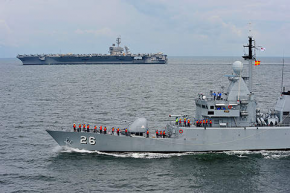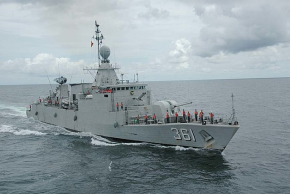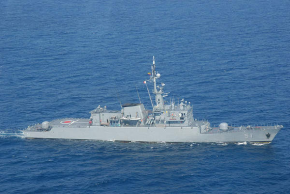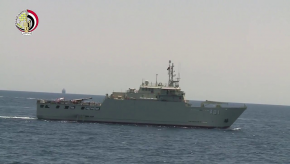Unfortunately it is a large problem but the issue of the local industry having a large say in influencing things is not limited to Malaysia.they still need to get past the "national interests" businessmen
It can be built in Malaysia but there must be proper oversight and politicians must not meddle or push for ambitious goals - there must a realistic appraisal of what can or can't be achieved. Various RMN ships have been constructed locally on schedule, on spec and within budget; so have ships constructed for foreign navies and civilian customers.it has to be fully built outside of Malaysias
Incorrect. Not ''every'' programme 'ended up as a clusterf*ck of epic proportions' ...Every program that they tried to do in local shipyards have ended up as a clusterf*ck of epic proportions
On current problems; it's due to political reasons, including placing priority on the local industry and highly ambitious programmes initiated with the RMN not having a final say.
The Naval Dockyard did built a number of ships but following a management cockup; another entity [BNS] was selected to complete the programme. Delays in delivering the pair of Gagah Samudera training ships was not due to actual issues with completion of the hulls or other areas but financial issues faced by the company originally awarded the contract; same issue with the MMEA's OPV which are mostly completed.Amin Shah's PSCI trying and failing to build the Kedah class, NGV Tech's building and failing on the two Korean training boats, to the current problems with Boustead and the LCS program. Even the MMEA was not spared; Destini/THHE shipyard's delay in the OPV program
.
Last edited:







